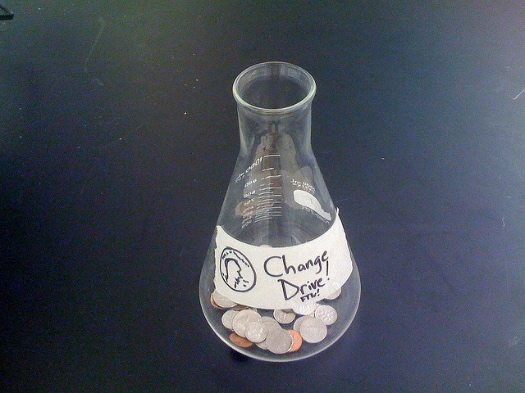
May 30, 2017; Civil Society UK, “Voices”
Much like a personal savings account, nonprofits are encouraged to keep a “rainy day” fund known as a reserve fund. Organizations can use this money as needed, without restriction. However, the reserve fund can actually get organizations into trouble if misunderstood or used incorrectly.
When discussing the reserve fund, many questions come to mind. How much reserved funds are truly necessary? At what point does a nonprofit go from being financially savvy to a poor steward of donor money?
The reserve fund is essentially for cash flow emergencies that can be temporarily solved through funding; eventually, the reserve fund will be replenished. A common example of this need is between grant funding cycles. If one cycle ends mid-way through a particular year and the grant is not due for another cycle until the following year, pulling funds for the remainder of the program year makes sense. These funds can then be replenished through the grant once the funding kicks in again. The key is that problems solved through the reserve fund ought to be temporary in nature.
Sign up for our free newsletters
Subscribe to NPQ's newsletters to have our top stories delivered directly to your inbox.
By signing up, you agree to our privacy policy and terms of use, and to receive messages from NPQ and our partners.
Oftentimes, the benchmark for determining how much should be saved in reserve is based on how much is necessary to keep the organization operational for a certain number of months, typically from three to six. This simplified way of thinking about the reserve fund glosses over the point that the amount in the fund must be proportional to the risks the organization faces. A nonprofit with stable grants or contracts does not need to save as much as an organization that’s dependent on fundraising events and individual giving to stay afloat. The latter may see large income swings based on the political and economic environment, whereas the former knows when and how much funding it will receive and can plan accordingly.
The most obvious problem arises when there are not enough funds in the reserve account and a major issue arises, such as loss of a major donor or grant. Organizations that do not have diversified revenue streams run into this problem. Alternatively, issues with financial controls in general can lead to problems when there is a depleted reserve fund, as in the case of the Lifeline Project in the UK.
For organizations with large sums of money saved in reserve, funders may wonder why so much is just sitting in the bank rather than being put to use serving more constituents. NPQ has reported on several organizations that squirreled away so much reserve funding that funders refused to give them more money (see here, here, and here). More to the point, the public is left wondering why these organizations’ reserve funds are so high when need among the constituency remains unmet. Some nonprofit health insurers, who end up charging participants among the beneficiary groups more than they can afford, have drawn lawsuits from intended beneficiaries who marvel at the contrast between this apparent overabundance of institutional caution and their struggles to pay increasing premiums.
So, it’s a balance. For fields that do not have recommended reserve levels, it is an exercise that requires a look into our organizational circumstances and priorities. To determine how much reserve funding is needed, a good exercise to provide a starting point is a risk analysis for the organization, indicating how much funding would be necessary to mitigate each risk. From there, management and the board can work backward to agree on a reserve fund goal as well as create a policy that clarifies how and when funds can be drawn from the reserve account. But let’s not forget that concentrating on caution for its own sake can preclude appropriate risk-taking and development.—Sheela Nimishakavi












